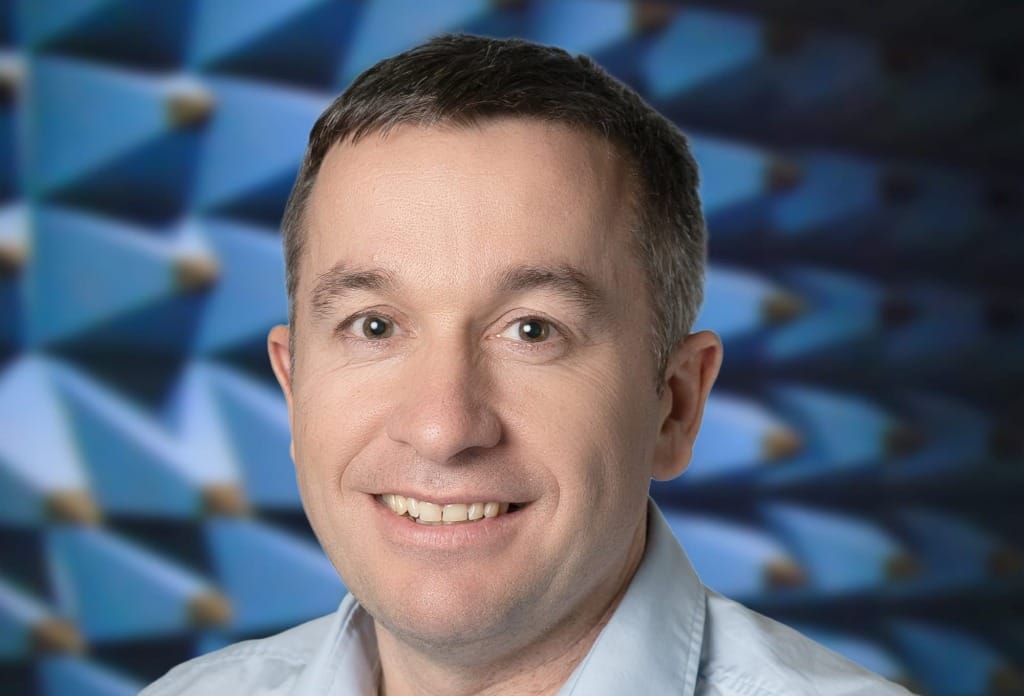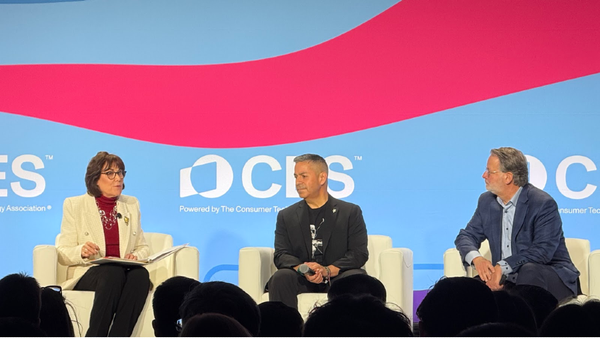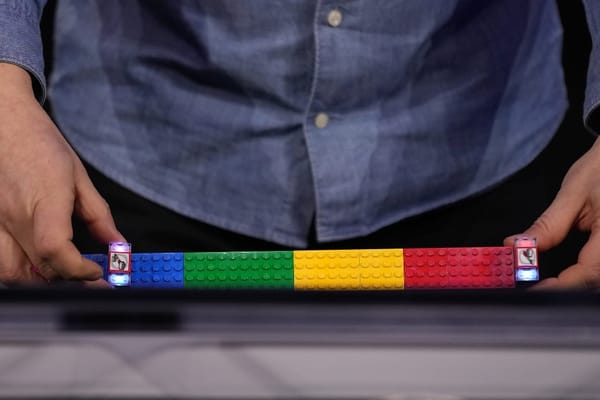How Learning to Cooperate Expands Mobile Broadband Access
Greater internet access is increasing demand for a dense 5G network
Fergal Lawlor

As consumers and businesses alike demand greater access to always-on internet connectivity, adoption of 5G mobile broadband is escalating at a frenzied pace. In fact, 5G is the fastest-growing mobile technology to date, with the number of 5G connections exceeding 1.5 billion globally at the start of 2024.
To fulfill this relentless need for seamless coverage, mobile network operators (MNOs) need to build out ever denser 5G networks closer to subscribers using street-level small cell deployments. This strategy enables MNOs to increase the capacity of reliable, high-speed, low latency mobile broadband without degrading performance. Yet, many city residents and governments do not want construction disruptions and potentially unsightly cell sites cluttering their streets.
Resolving this dilemma requires greater collaboration among network operators, equipment suppliers, neutral cell site hosts, and municipalities to develop innovative approaches to 5G deployments.
Think small to go big
With existing mobile network cell sites already saturated in many cities - and vocal opposition to new sites delaying zoning permits in many communities - the process of securing adequate 5G site locations is increasingly challenging. For a number of MNOs worldwide, one viable solution is to embrace new form factors such as aesthetically pleasing small cell solutions that hide network infrastructure in plain sight.
For example, in telecom streetworks deployments, network equipment is integrated directly into a waste bin, lamp post, traffic light, or other existing infrastructure. These inconspicuous small cells can be built out closer to mobile subscribers and Internet of Things devices in urban centers or suburban settings, providing requisite bandwidth and seamless coverage.
This approach not only reduces excess clutter at street level but also avoids the unsightly view of radios and antennas added on existing streetlights, poles, and buildings. Likewise, these telecom streetworks deployments can serve multi-purpose duties without increasing footprint, which is crucial in many cities worldwide where real estate is at a premium.
Streetworks get smart
In the Irish capital city of Dublin, city leaders recognized the need for greater mobile capacity to serve a population of workers, residents and tourists exceeding one million. To ensure attractive and functional installations in the historic tourist district, the Dublin City Council worked with local MNOs, neutral hosts, telecom suppliers, and research organizations to develop a joint plan to provide 5G connectivity that would foster economic development through enhancing community experiences.
As a result, Dublin became part of a Telecom Infra Project small cell deployment pilot involving a telecoms-connected waste and recycling bin as part of a Smart Dublin initiative. The smart bin solution discreetly conceals radios, power, and communications equipment inside a sensor-equipped enclosure, which reports real-time status to waste collection crews to ensure efficient trash removal services.
Can We All Get Along?
When planning new streetworks sites, MNOs and suppliers should be open to collaboration with municipalities and neutral hosts to ensure an outcome that serves the greater good of the community. In Dublin, the project team worked together to first identify areas of network congestion in shopping areas, mass transit locations and public parks.
Next, streetworks assets were selected, taking into consideration the aesthetics for heritage districts, as well as how to minimize future civil works costs and disruptions. The selection of streetworks may vary depending on the local municipality needs, such as streetlights incorporating environmental sensors to map air quality in major U.S. cities.
It’s also important to remember that network densification will require an increase in power and fiber assets while existing infrastructure may impact resource availability. With the Dublin project, for instance, access to power was quite challenging, which required additional cooperation with the city’s utility department. That’s because the small cell deployments tapped into existing streetlights, which relied on an unmetered power supply charged on a fixed dusk-to-dawn tariff. In the end, a new billing system was devised to supply power for the telecoms-enabled streetworks.
And last, but certainly not least, it’s important to collaborate with the community, conducting outreach to business leaders and local residents about the new network deployments. The Dublin project team not only conducted a public information campaign to educate residents but also educated city officials on how streetworks can be deployed with minimal disruption to the urban landscape and existing infrastructure.
Smarter broadband access
As 5G demand escalates, MNOs are focused on finding innovative ways to densify coverage at a faster, cost-effective pace, through the use of telecoms-enabled streetworks as well as neutral host deployment models. Moreover, with city innovators adopting increasingly smarter technology infrastructure, seamless mobile broadband access becomes even more vital to realizing the ‘smart city’ vision of improved safety, greater efficiency, and enhanced services.
Ultimately, to achieve this common interest, we all need to work together to reconcile conflicting ambitions of increasing mobile broadband access while minimizing network disruptions and street-level clutter.
Fergal Lawlor is the CEO of Alpha Wireless, which he founded in 2007. He is an Antenna Design Engineer with 30 years of experience in the telecommunications industry and extensive experience in base station antenna designs. Fergal holds a number of antenna related patents and is recognized as a leading innovator in the CBRS/3.5 GHz space. This piece is exclusive to Broadband Breakfat.
Broadband Breakfast accepts commentary from informed observers of the broadband scene. Please send pieces to commentary@breakfast.media. The views expressed in Expert Opinion pieces do not necessarily reflect the views of Broadband Breakfast and Breakfast Media LLC.










Member discussion